A country with the emerging landscapes of the green island in the west that you just want to grab with your heart. However, capital Dublin could be named one of the most friendly cities in Europe thanks to an atmosphere of the town that combines historical warmth and visible vitality. Located on the south side of the River Liffey, Dublin just has a charm that makes it very hard to resist. There is much history shown there and the mixture of tradition and the present is felt not only while being there but after the visit as well. From the famous buildings to fewer known pubs, you can find everything in Dublin. Let me briefly present you 11 places that one must definitely visit in this magical city.
Trinity College
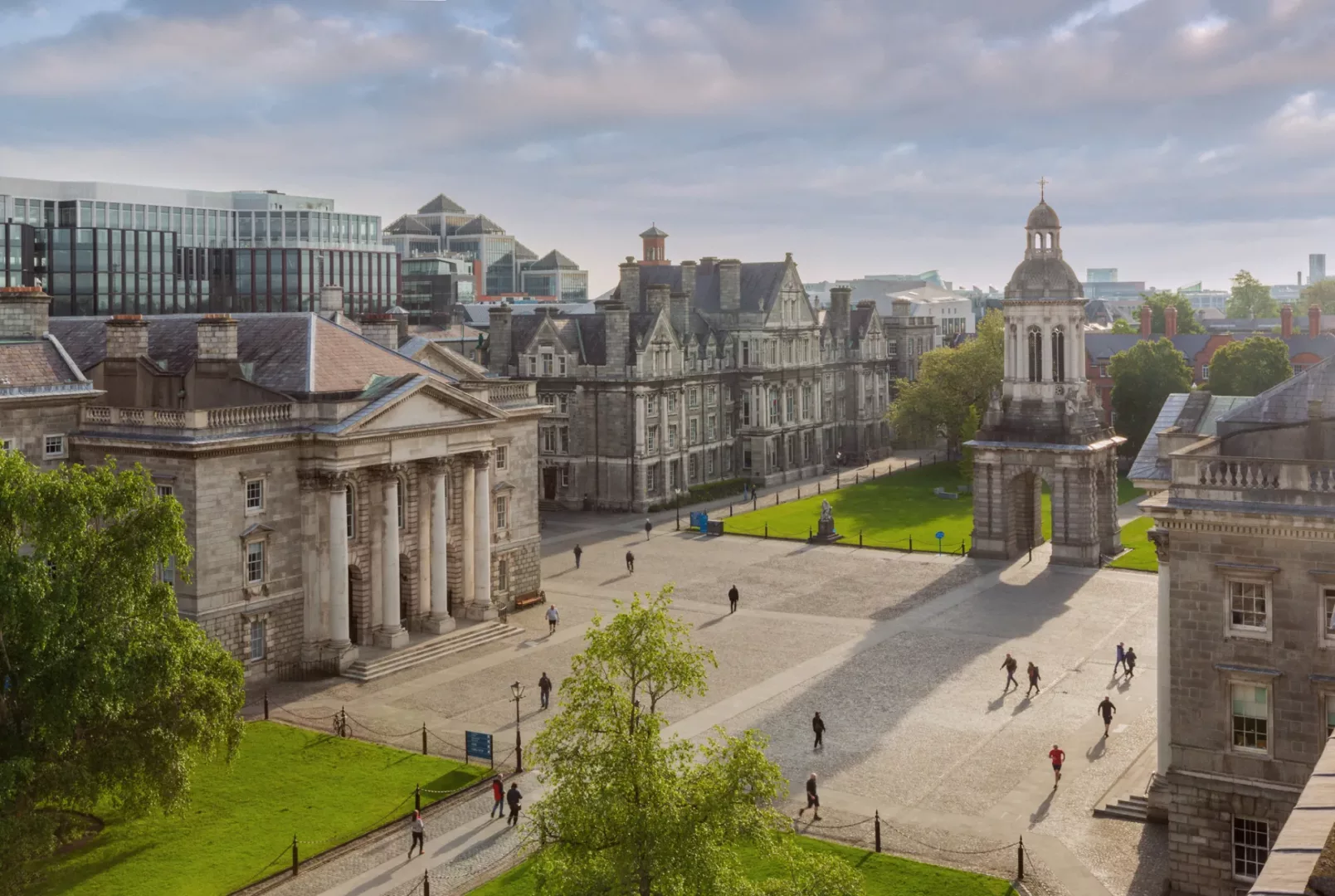
Literally, entering the territory of Trinity College is to get to another world. This university was founded by Queen Elizabeth I in the year 1592 and it is one of the oldest universities in Ireland as well as one of the most renowned universities all over the world. Located at the downtown of Dublin, this building is a hall of learning and a powerful symbol. During the walk I got overwhelmed with the calmness of the cricket and rugby grounds within the college despite the busy day outside.
The jewel in Trinity College’s crown will have to be its library that is known to have well over 4 million books in its collection together with the famous Book of Kells. The text located in this artifact was penned by Celtic monks during the early part of the eighth century A.D., making it a true piece of Ireland’s history. It is said that Rowling based the library feature in the Harry Potter series on this library alone. When I was standing in this ancient hall filled with hundreds of years of knowledge I truly felt the bond with history.
St. Patrick’s Cathedral
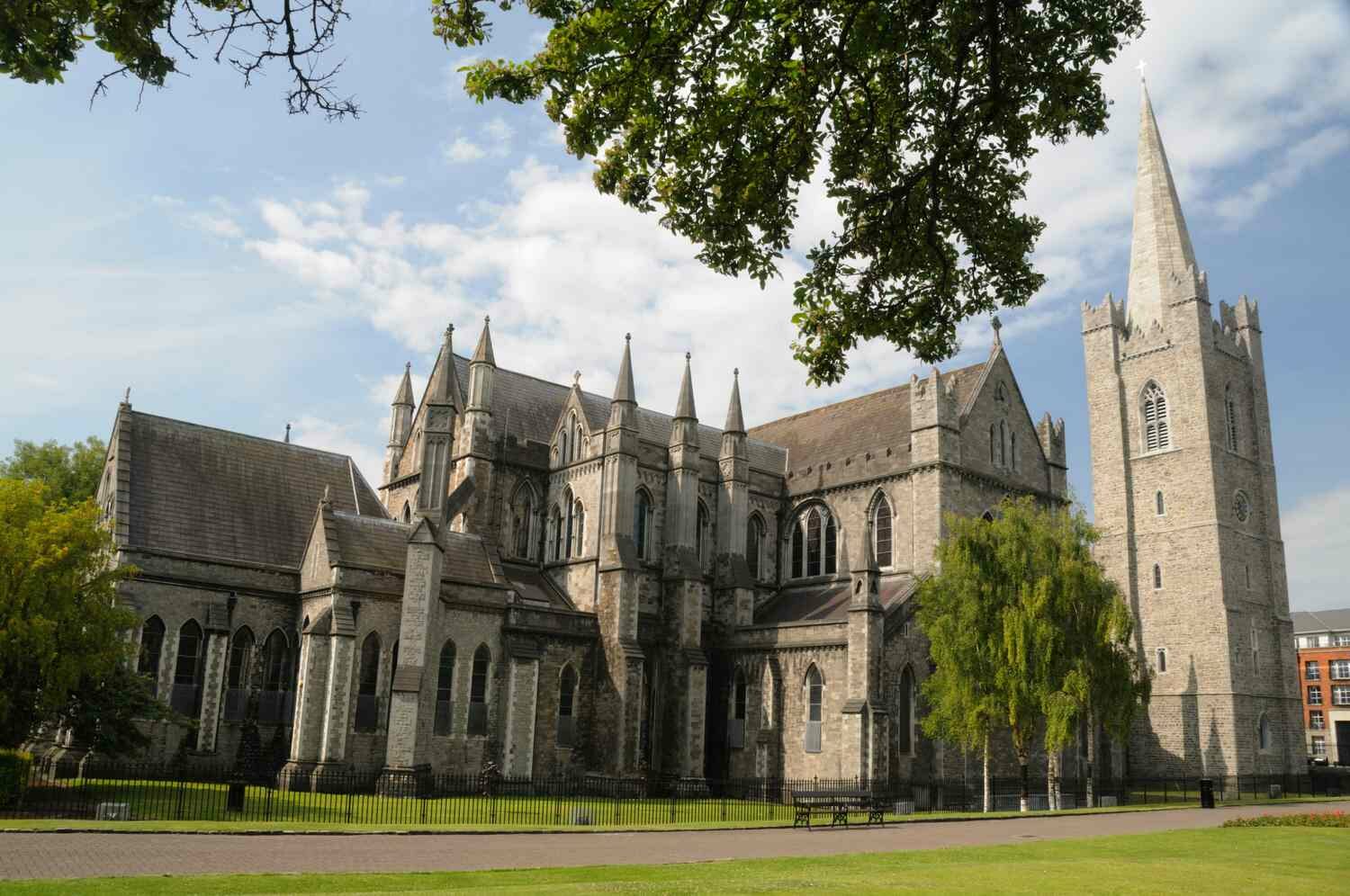
Ireland is a Catholic country, and the largest church of The Republic of Ireland, St. Patrick’s Cathedral, confirms this. This cathedral is inspired by Gothic style and dedicated to St. Patrick – Ireland’s patron saint; it really makes a profound impression. The moment I set foot at the cathedral I was struck by its stunning height and beautiful stonework.
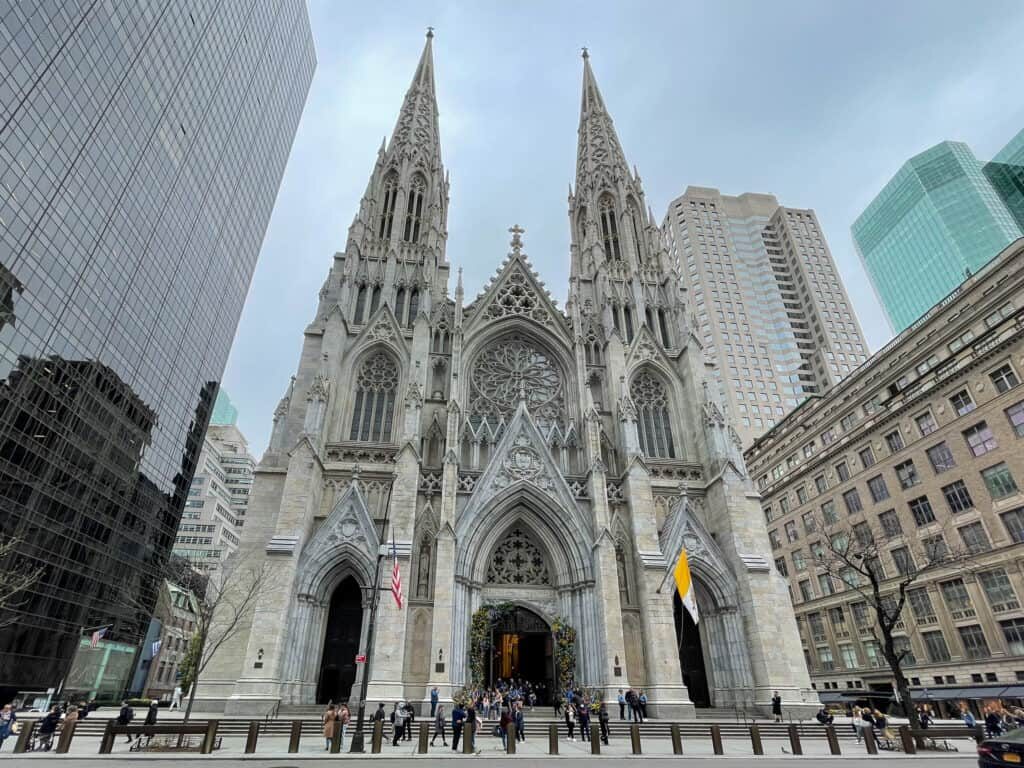
Inside, the cathedral characterizes the sense of serious human peace and history. This adds the element of mystery and sanctity to the site. Moving to the crypt which was built in the 12th century, the medieval baptismal font, and the graves of important people such as Jonathan Swift – the author of “Gulliver’s Travels.” Due to the closeness to the Gothic cathedral and because the famous writer, the dean of the cathedral Swift is also buried here, the visit is even more moving. Being in the nave, which was rather dark, I realized that for centuries people came here with faith and to pray.
Grafton Street
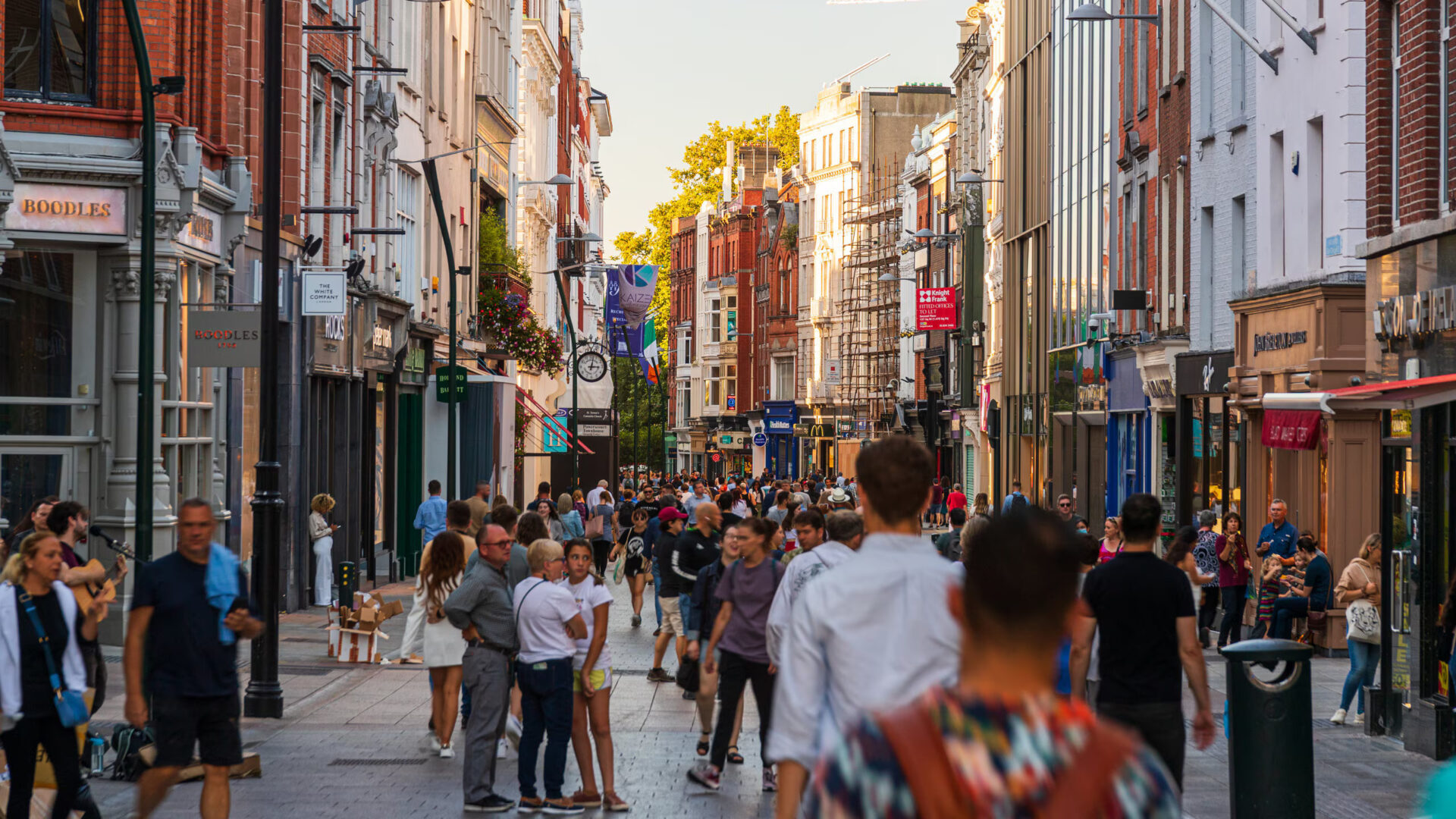
Grafton Street is a throbbing commercial pedway located in Dublin city centre. This shape surrounded street is full of shops and cafes and the mug of the famous Molly Malone statue is the travelers’ legend of Dublin. The song tells the story of an enchanting and doomed fish-wife and prostitute who dies of fever, although there are smatterings of references throughout the song to other legends and incidents. Her story is considered the symbol of Dubliners and is sung in one of Ireland’s most well-known songs, “Cockles and Mussels.”
This is because as I passed by some of these streets, particularly Grafton Street, the bustle of the people almost rubbed off on me. Everyone from street musicians to the people in the city as well as visitors was filled with joy and music. Food shopping and wine shopping are possible, people are friendly and it is a good place to get the feeling of the Irish spirit. It makes one remember that there is still life in the city and all the charms that come with such life.
Saint Stephen’s Green Park
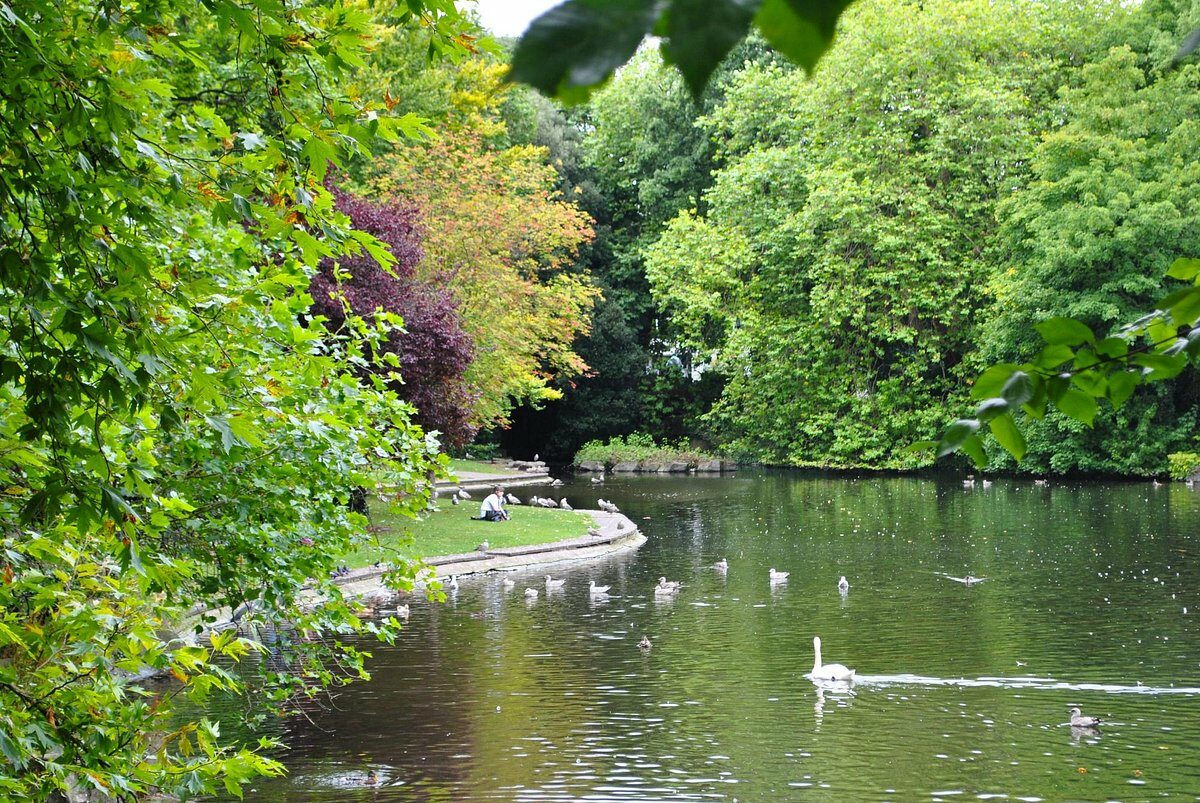
As it was previously mentioned, Saint Stephen’s Green Park is an island of green in the middle of Dublin. Built in 1664 this fine Victorian park is a unique island of calm amidst the burgeoning sprawl. When I got to the park, the sight of the beautiful swans swimming in the calm water coupled with the sweet smell of flowers made me feel like I was in an entirely different century.
Obviously, some of the monuments of the famous Irish citizens such as James Joyce or Arthur Guinness are presented in the land, which gives the spirit of history to the rocks and trees. To use smell and hear is a bonus especially when one gets to visit the park in spring when the flowers are in season. This time, deciding to spend several hours at a public bench staring at the people passing by convinced me that the only thing that separates me from the long years of history is an imaginary line.
Merrion Square
Just next to Saint Stephen’s Green one can find Merrion Square which was owned as a private garden of the great Georgian Houses. The aesthetic that is most pronounced is the Georgian that defines the building structures, but perhaps the surprise attraction of the park is the statue of Oscar Wilde who is one of Ireland’s most famous writers. Leaning against a rock, his statue reflects all humor and charm that is Wilde.
Walking through Merrion Square, I was getting a sense of appreciation towards literature that Dublin has to offer. The amazing thing that can be said about the park is that it has quiet walking paths and beautiful greenery that make one leave the noises of the city. They have history, literature, and nature in it and it would be right to consider it a place for contemplation.
Guinness Storehouse
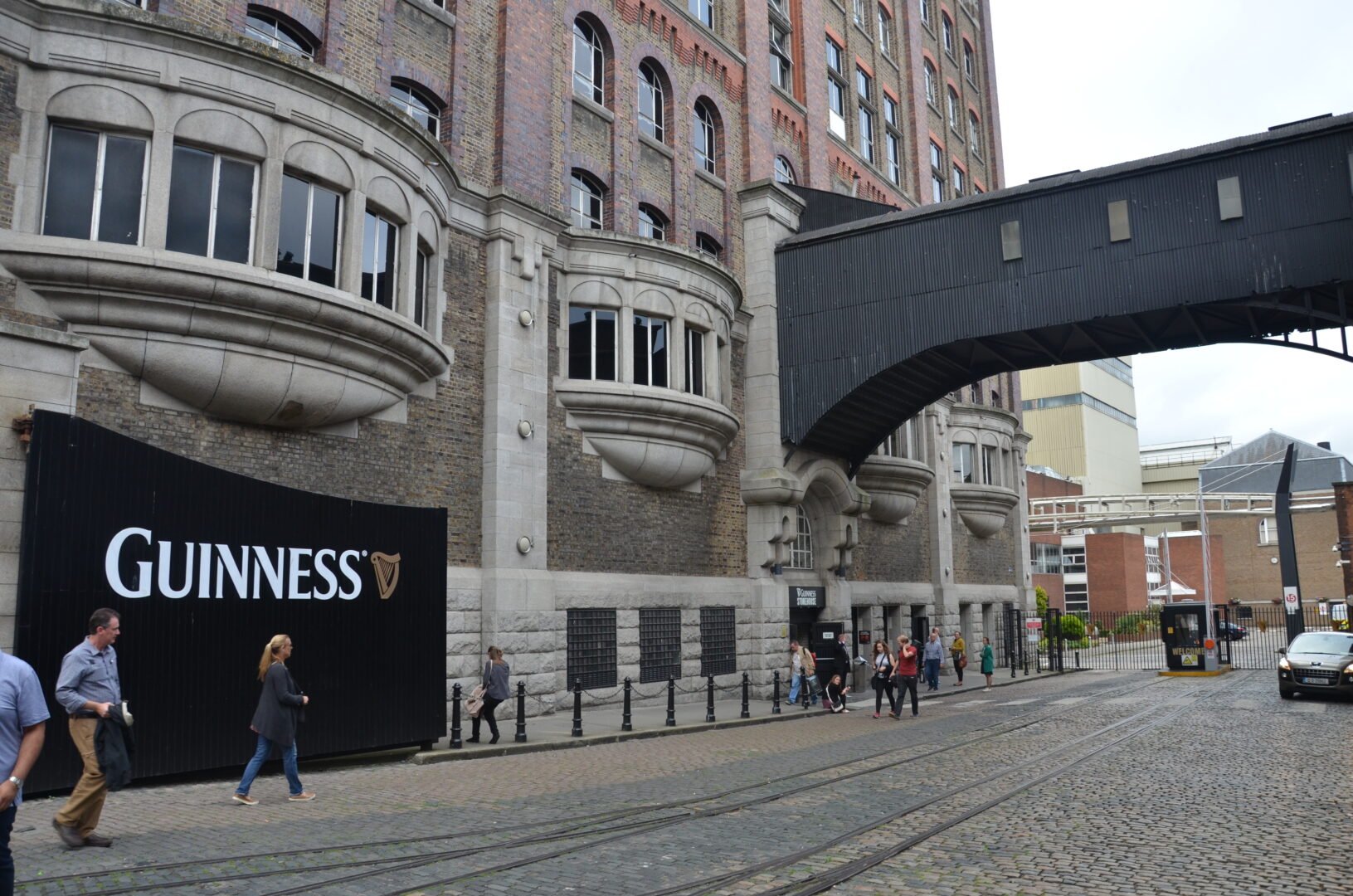
The Guinness Storehouse is among the most famous tourist attractions in Ireland, thus it is awful to visit Dublin without traveling to it. Dublin’s famous Guinness brewery is not merely a venue designed to educate the clients about beer, but rather a center of unique experience in Ireland’s pride. Being a fan of dark beer, the show was very interesting for me to watch as it was showing the brewing process and history of Guinness.
It is a good tour that offers the visitors insight into the historical evolution of the brand to its fame. There is, however, the famous Gravity Bar which is where you can grab yourself a pint of the black gold – Guinness all while looking down at the beautiful city of Dublin. Holding the stout in hand, which was served to perfection I began to feel a part of the city’s culture. It is much more than beer since it preserves the spirit of Dublin inside.
Temple Bar
Let it be clear that Temple Bar is not just one place that is a tavern but actually a whole district that has a throb and beat of music. Popular discern for nightlife, Temple Bar is where Dublin steps into its nighttime persona. The roads themselves are all made out of polished cobble, and the bars and restaurants are packed in close, providing good tunes and a friendly atmosphere to anyone who comes in.
Some of the famous are The Temple Bar, Merchants Arch, O’Neill’s and Oliver St. John Gogarty or more popularly known as ‘Gogarty’s.’ Moving from one pub to another I was able to experience the fun that accompanied the lively tunes as well as the friendly voices. A couple of cans of stout and some foot-stomping ‘Irish’ tunes serving as a gentle prod to remind me of just how privileged I was to be able to sample the delights of the Dublin night.
O’Connell Street
O’Connell Street is Dublin’s central street, in as much as it is the center and major trading hub of the city. It was a large street and as I was strolling down it I could almost feel the liveliness of the city. The large statue of Daniel O’Connell as well as the Spire, a 120-meter needle, exert the most leverage.
A symbol of the city’s historical background is the General Post Office that became the location where Ireland proclaimed independence. Since I was walking through the street, the combination of the present-day commercial spaces with the ancient roots was surprising. O’Connell Street is Dublin in a nutshell – spirited, indomitable and in constant transformation.
Phoenix Park
It covers a large area extending approximately to 5 kilometers and it is referred to as Phoenix Park. Widely stretched out of the entire urban environment, it presents a discursive space. A major attraction in the park is the wild animals especially the deer that freely graze in the park giving the city some wilderness.
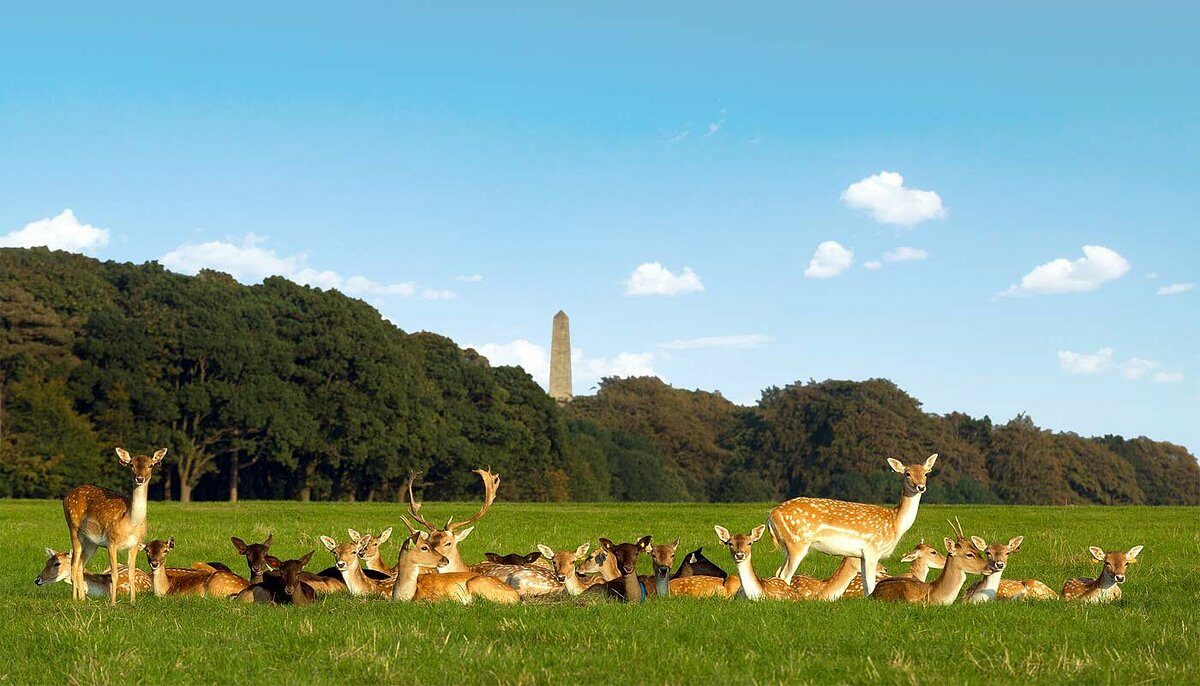
Locating the deer may be rather difficult, but it more than pays off in the process. Just the sight of these beautiful animals in the wild is sheer delight. While taking a stroll in the park I felt that it was a nice relief from the busy life of the city and the nice nature around me.
Ha’penny Bridge
Ha’penny Bridge is one of the most recognized bridges of the city and indeed Ireland with its elegant location over the River Liffey. It connects the northern and southern parts of the city; thus, it expresses the unity of Dublin and its uniqueness. Strolling at the bridge especially at night when the streetlights are on, is one beautiful experience that I can never forget.
The reflections of the city in the water and a silent sound of the city give people romantic and quiet feelings. After crossing Ha’penny Bridge I felt more Dublin related to me in some way, I sensed the history and its people. In one sense, it’s as basic for the spirit as a burger is to the body, but it encapsulates the city like no photograph could.
Christ Church Cathedral
While Christ Church Cathedral may not be as impressive as St. Patrick’s Cathedral, it has its own charm. I know it is located in the place of an originally Viking church, and it is the Cathedral and, at the same time, the ecclesiastical headquarters of Dublin. The crypt is a colossal part of the cathedral; one can find a plethora of interesting things here, and there is a mummified cat and mouse known as Tom and Jerry.
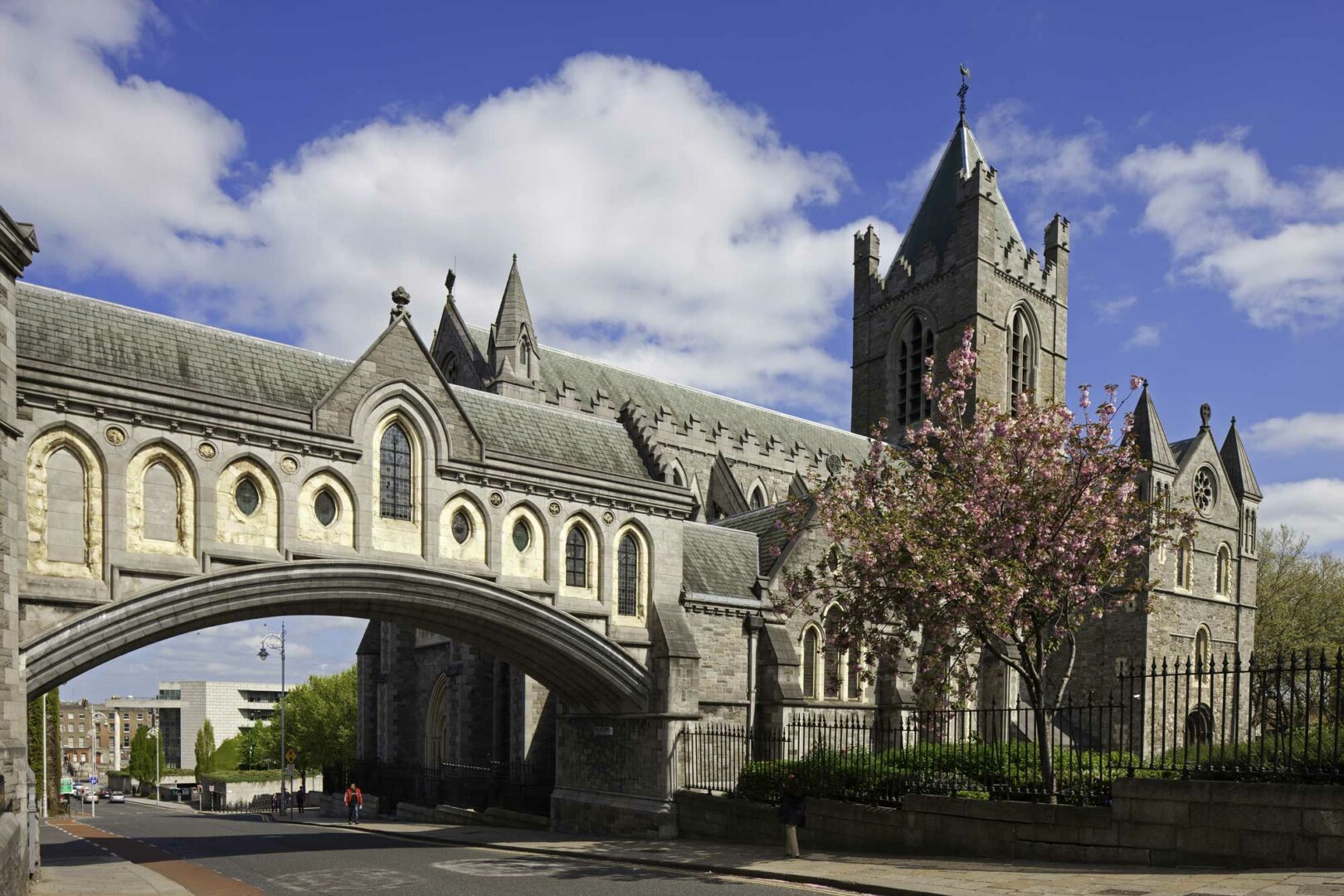
Walking the crypt I felt like an explorer, wonderful to discover the unknown or at least the less known about Dublin. Stone construction of the Cathedral can be evidenced, with its archaic walls and the laid-back designs showing that indeed the spirit of the city has never surrendered. This is a spot that speaks of our past and spirituality in equal measures, to give a feel of the city’s heart.
Conclusion
Dublin is the place where the soul and the heart get enchanted. From historic buildings and colourful streets to beautiful parks and cheerful pubs, it gives people many-sided emotions. Every visit reveals more and more appealing and interesting details making a strong impression. While visiting these 11 landmarks you will see the atmosphere of the Irish capital that opens its arms to the guests and leaves only warm emotions.